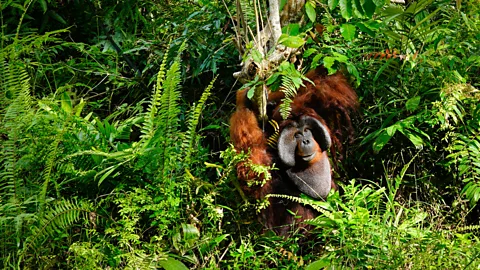 Getty Images
Getty ImagesWorld leaders are gathering in Cali, Colombia, to agree ways to save species from extinction and restore nature. Here are five powerful solutions to halt biodiversity loss.
There’s a treasure trove of ways to save species in decline, and restore their habitats so they can live safely. In a healthy state, rich and biodiverse habitats can replenish our water, air, soil and reduce the risk of dangerous contagious diseases.
The need for conservation projects like these is growing in urgency. Two years ago, leaders of more than 100 nations signed up to the most ambitious international effort to save the world’s nature: to protect 30% of the world’s land and oceans by 2030. In October 2024, world leaders have again gathered to take stock of the global progress to protect biodiversity, in Cali, Colombia.
So far, the world is a long way off track: just 17% of land and 8% of our oceans are under some form of designated protection, according to The Nature Conservancy – though the area where protection is enforced effectively is likely less.
Future Planet brings you five proven ways it’s possible to restore biodiversity and preserve nature.
1. Protect our oceans
Marine Protected Areas (MPAs), if properly enforced, can become crucial biodiversity havens, which protect countless species from overfishing, pollution and habitat destruction. Countries that have established MPAs have experienced great biodiversity wins.
How big is the challenge?
Three-quarters of the world’s ice-free land has already been altered, according to a global assessment in 2019 by the Intergovernmental Science-Policy Platform on Biodiversity and Ecosystem Services (IPBES).
In the oceans, 66% are in decline due to growing pressure from human activity, the report found.
The Seychelles, an archipelago of 115 islands in the Indian Ocean, for example, experienced a major whale comeback after signing up to a debt for nature swap, which led to almost £16.8m ($22m) of its national debt being written off in exchange for creating 13 MPAs. Scientists described the return of blue whales to the Indian Ocean as a “conservation win” after the population was decimated by the Soviet whaling fleet in the 1960s.
The Azores Islands created the largest MPA in the North Atlantic in October 2024, spanning 287,000 sq km (110, 811 sq miles) and protecting 30% of the sea surrounding the Portuguese archipelago. Portugal’s first MPA was designed by local fishers who were eager to protect octopus and sardine populations in the Algarve. Spanning 156 sq km (60.2 sq miles) of sea, with a 20 sq km (12.4 sq miles) no-fishing zone, the area has given nature a chance to replenish and ensure vital food sources are available long into the future.
“For centuries, Azoreans have been tied to the sea, and we want to ensure that this connection remains strong by supporting communities that depend on a healthy ocean,” says Luis Bernardo Brito e Abreu, a government advisor in the Azores. “Our hope is that our action will not only benefit our people and wildlife in the Azores, but inspire the rest of the world to reach their global commitments to protect 30% of the ocean.”
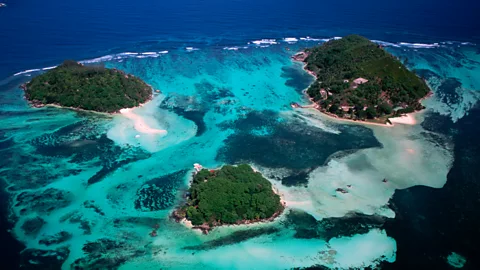 Getty Images
Getty Images2. Fight invasive species
Olympic rowers and windsurfers have also started raising awareness of the environmental threat invasives pose, by removing destructive fauna and flora from their boats and hydrofoils. Meanwhile, chefs in the US and UK are serving up squirrel, Japanese knotweed and crayfish. Cooking with prolific pests is unlikely to eradicate them, but can educate the public about the dangers of invasives, the chefs say.
But, in some instances, total eradication is possible. The tropical island of Palmyra in the Central Pacific Ocean managed to get rid of all 20,000 rats that dominated the atoll (a population density 10 times higher than in cooler climates) in 2011. Nature rebounded after the eradication, native trees gained ground and two new crab species were observed on the islands for the first time. (Read more about the rats evicted from paradise in this story by Sophie Hardach).
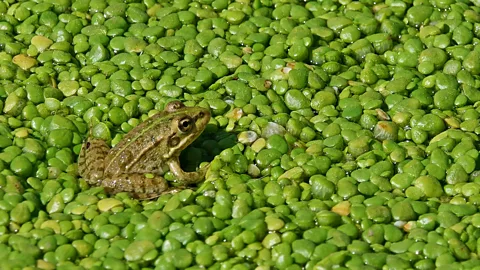 Getty Images
Getty Images3. Restore degraded wetlands
Some wetlands can also be powerful carbon sinks when they are in a healthy state, making their restoration even more pressing in the race to curb climate change. A Finnish fishing community turned the carbon-rich peatlands of Linnunsuo from a polluted, barren land used for peat extraction to a home for water birds. Just one year after restoration in 2013, more than 100 species had returned to Linnunsuo. Another 100 species have joined them since.
Habitat restoration can happen in any degraded area, not just former industrial land. Your back garden can be an ideal spot for a miniature wildlife haven for aquatic and semi-aquatic species.
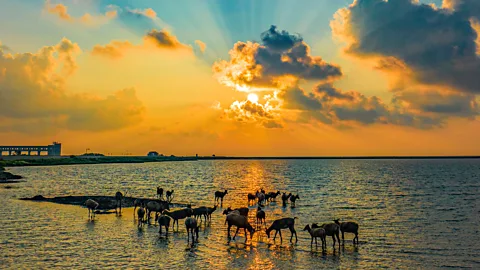 Getty Images
Getty Images4. Save keystone species
All plants and animals live as part of a carefully balanced ecosystem, and when one element of that system is removed the balance is lost. But there are some animals that punch well above their weight when it comes to maintaining a healthy ecosystem. These are known as keystone species, and their protection can be central to saving a whole host of other species that rely on their presence.
Ecosystem engineers are often considered keystone species. In the US, reintroduced beavers are busy rebuilding lost habitats for otters, turtles and fish. In the Galápagos Islands, meanwhile, giant tortoises – once lost to the island of Española – “bulldoze” a landscape overgrown with woody plants, creating clearings used as runways and nesting grounds by the critically endangered waved albatross. As with the wetlands, water buffalo are transforming environments across the world, creating healthy habitats for all manner of species, from frogs and bats to bog grasses. And in the Congo Basin, African forest elephants are spreading seeds and nutrients, and helping trees to grow taller and live longer.
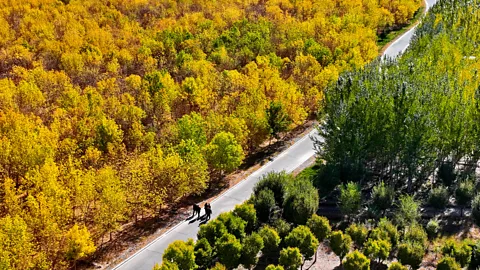 Getty Images
Getty Images5. Bring forests back to life
When forests are properly protected, biodiversity thrives. In the Ecuadorean cloud forest of Los Cedros, monkeys squeal and some 400 bird species squawk. But this wasn’t always the case. The wildlife of Los Cedros was severely threatened by mining activities and deforestation. In 2021, a judge ruled that clearing the forest for mining violated Los Cedros’ constitutional rights of nature – a growing legal movement that recognises the inherent right of the natural world to the same protections as people and corporations. The forest was granted legal personhood and transformed into a sanctuary for biodiversity.




